
A cherished art institute careens toward economic catastrophe amidst a slew of small-town drama in The Museum of Art and Other Things: A Novel of Art, Identity and Redemption by Stephen Meltzer.
When the board of trustees at a Midwestern art museum learn that their passion project is practically bankrupt, they face an existential dilemma that even their grandstanding patron, Mrs. Etta Stern, struggles to solve. Unbeknownst to these scheming overseers of culture, their salvation may lie in the prodigal return of C. Malveaux, a hometown hero with access to a highly collectible cache of artistic treasures.
Charlotte’s homecoming is fraught on all sides, forcing her to navigate the perils of reconnection, and unravel the genteel plotting of the myopic townsfolk she once left behind. At the same time, the overstrung Mrs. Stern is experiencing a renaissance of her own, as an unexpected friendship with an artistic intern leads her to reevaluate her legacy, and the true purpose of her patronage. With priceless Remingtons and Russels on the table, and the fate of the town’s artistic status at stake, the eccentric egos on every side must decide what matters most – art, money, or reputation.
With narrative dexterity and slow-burning story arcs, the prose amplifies small-town dynamics and petty grievances to epic proportions. In this provincial bubble where every sharp interaction feels steeped in import, readers are immersed in the trivial catastrophes and overblown pomposity of scheming generals, reclusive benefactors, ambitious investors, and haughty gossip-mongers, all of whom move like bizarre chess pieces on a board that’s about to be blown asunder.
With Charlotte at the center of the tumult, the enigmatic ensemble has a progressive and contemporary edge, as does the fraudulent nature of Etta’s origins, with each diverse player adding a uniquely theatrical flavor. This cast of caricatures pushes the seams of the story near to bursting, so the braided narrative requires fierce attention to detail, as even the smallest offhand asides hold clues to the tenuous relationships and simmering grudges. The narrative is primarily dialogue-driven, with the majority of exposition and action contained in conversation, so differentiating the substantive cast and their idiosyncratic personalities can be challenging.
Thematically, the book offers more angles than Picasso, ranging from the inherent value of art and the insidious nature of money to the dangers of self-deception, intergenerational friendships, radical shifts in identity, and the fragility of friendship under fire. The elaborately crafted plot is a work of art in itself, with swirling motives and scheming machinations that reveal themselves gradually like a layered painting, while painstakingly elaborate character development brings this vibrant and outlandish tale to life.
At times, the prose could be trimmed at the fringes, as the lavishness of the descriptions can feel overwrought, or even overshadow key plot developments. There are also a number of editorial errors, including misplaced words, run-on sentences, and inconsistent punctuation, as well as unclear dialogic exchanges and periodic punchlines that don’t land as well as others.
Overall, this is a complex but gratifying novel to navigate to its twisted end, offering a manic study of human foibles that is both farcical and insightful.
Book Links
STAR RATING
Design
Content
Editing
Get an Editorial Review | Get Amazon Sales & Reviews | Get Edited | Get Beta Readers | Enter the SPR Book Awards | Other Marketing Services



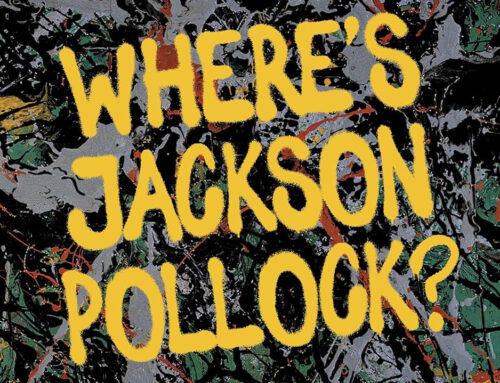
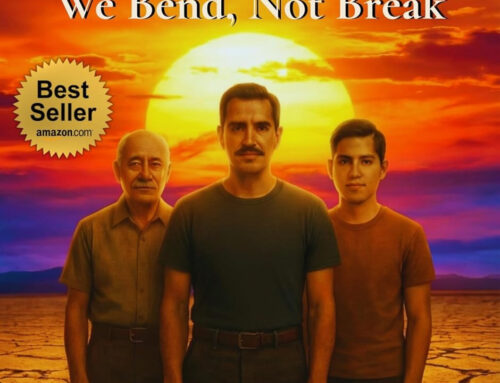
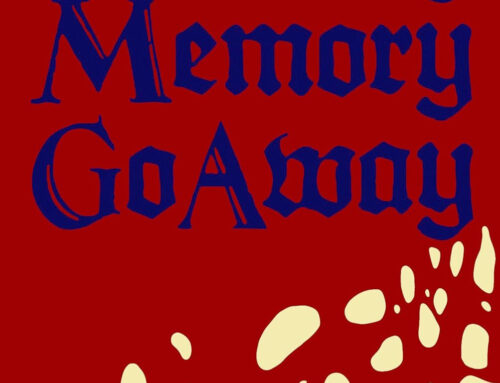
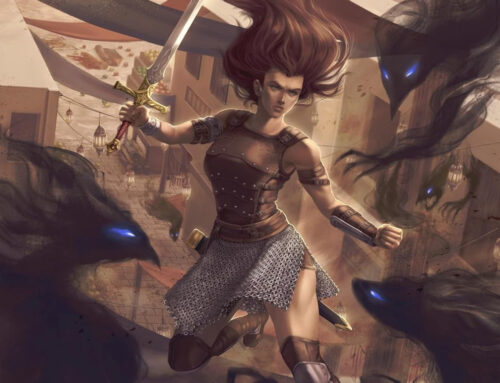


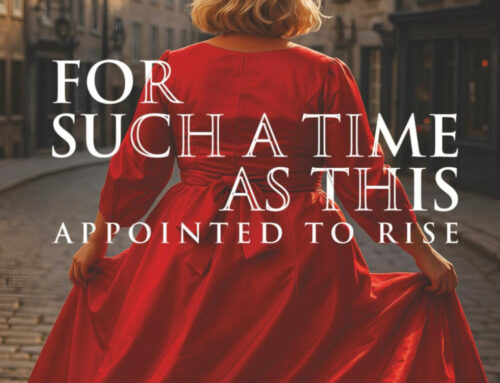
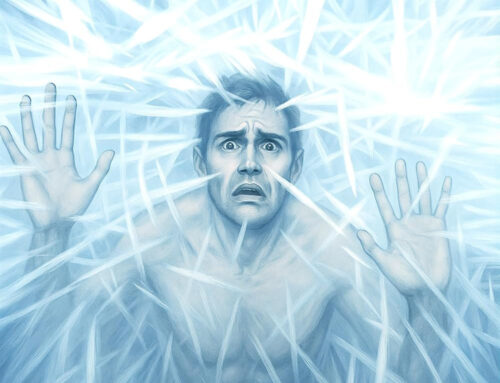
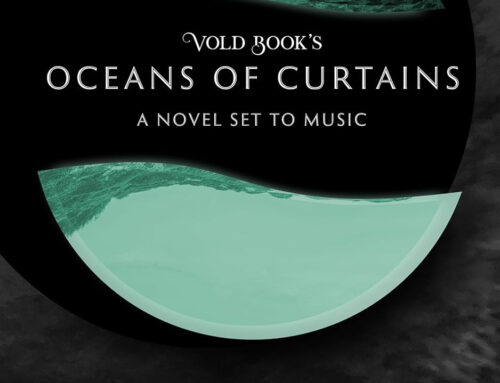
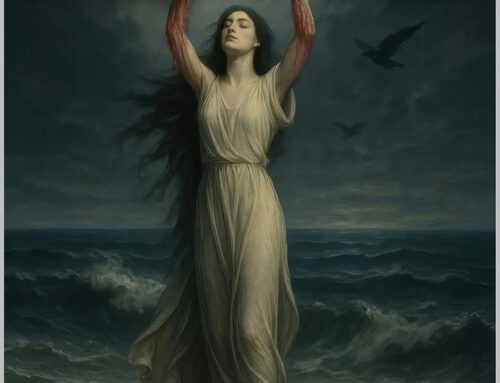
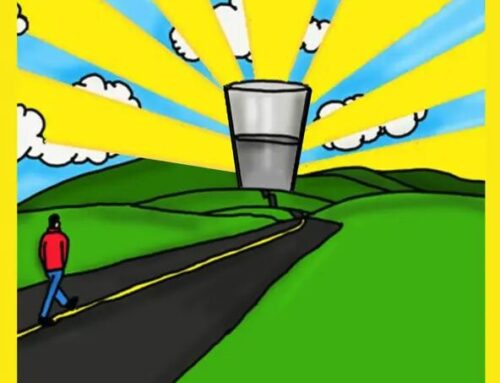
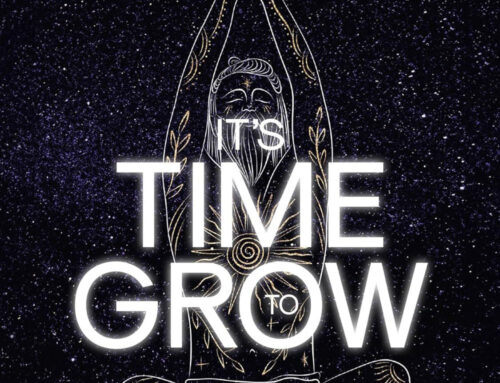
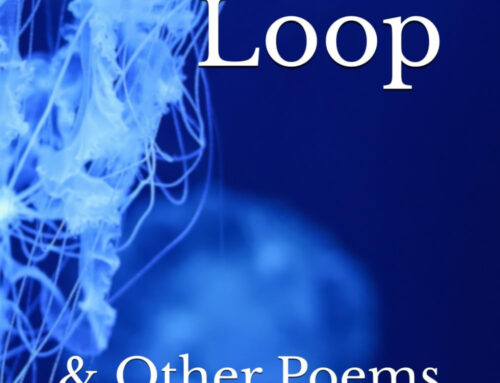




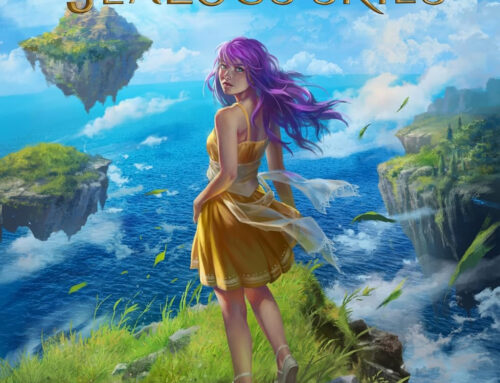
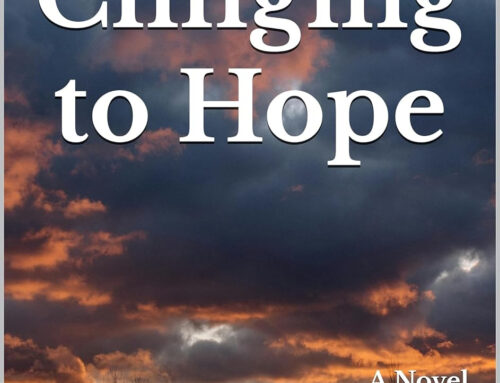

Leave A Comment